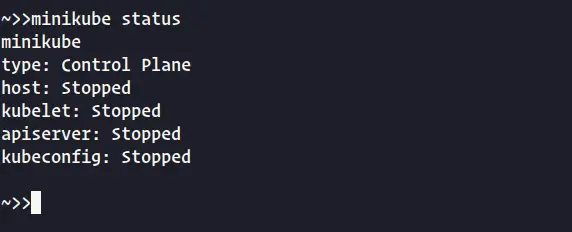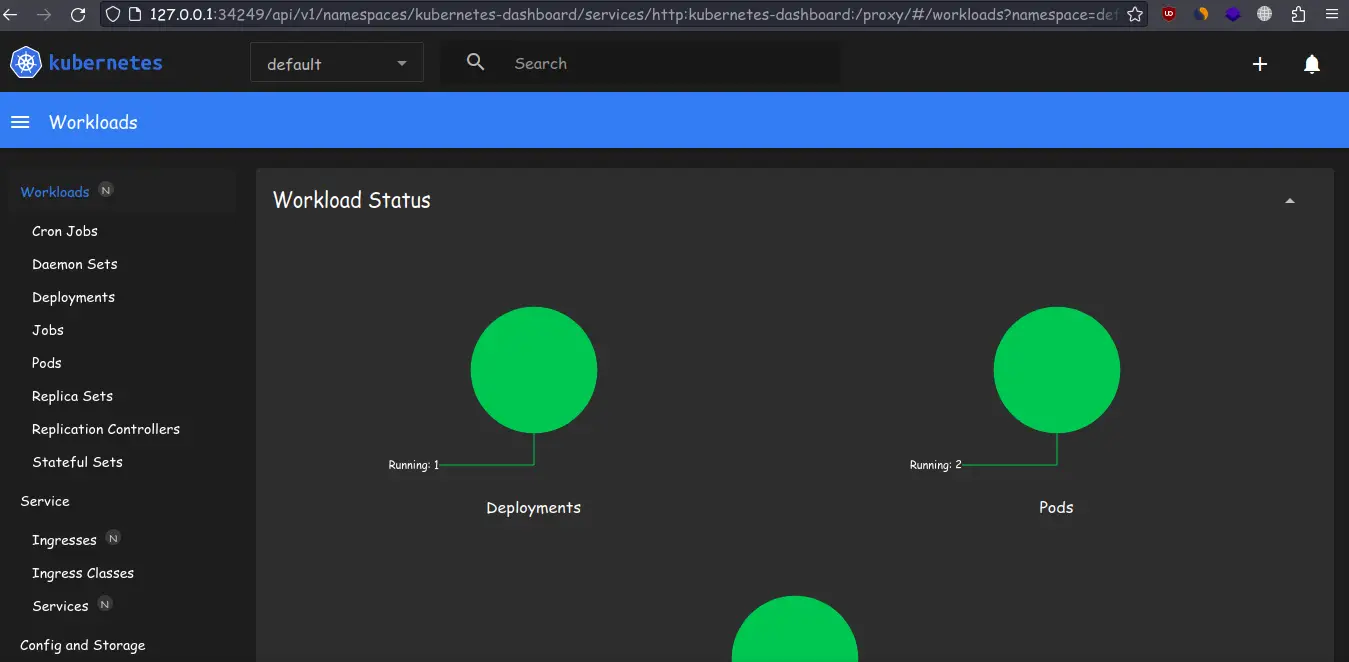Install and Setup MiniKube on Ubuntu
Deploy Kubernetes cluster on your local Ubuntu system with minikube and start exploring Kubernetes.

Kubernetes is an in-demand skill. Learning it can help you land a lucrative job offer.
For developers or students who are just starting to learn Kubernetes and explore its features, the challenge is that you may not be able to afford a real test server setup to test and learn.
Sure, cloud servers like Linode and DigitalOcean provide easy Kubernetes deployment but it costs money and not everyone can afford that.

Get started on DigitalOcean with a $100, 60-day credit for new users.
A better solution is to install and use a Kubernetes cluster locally without needing to pay any extra money just to learn and test.
And that's where MiniKube comes into picture.
What is Minikube?
Minikube or mini-Kubernetes is a Kubernetes cluster that allows you to run a single node Kubernetes cluster locally for developing and testing purposes. It's easy to install, and behind the scenes, it runs Kubernetes on a virtual machine (VM) using a hypervisor like VirtualBox or Hyper-V.
Requirements to Install Minikube on Ubuntu
Before you start the installation, you should know a few things on the requirement.
As you'll use Docker in this tutorial, you need to have Docker installed on your machine.
Minikube needs some disk space (20 GB or more) to host Docker containers,
And lastly, Minikube takes some memory, so make sure your computer has 4 GB or more RAM to use it smoothly.
- Docker installed on the Ubuntu system
- At least 20 GB of free disk space
- At least 4 GB of RAM
Installing Minikube on Ubuntu
Please ensure that the package cache is updated.
sudo apt update
Next, install Curl and apt-transport-https with the following command:
sudo apt install -y curl apt-transport-https
Curl is a tool that allows to request data over a URL, and apt-transport-https allows to download and access repositories using the secure HTTP protocol (HTTPS).
Now you are ready. The next step is to download the latest Minikube binary files using:
curl -LO https://storage.googleapis.com/minikube/releases/latest/minikube-linux-amd64
Then install it with:
sudo install minikube-linux-amd64 /usr/local/bin/minikube
To verify that we installed Minikube successfully, we can check the version by the command:
minikube version

Install Kubectl
Kubectl is a CLI (Command Line Interface) tool to interact with the Kubernetes cluster. It is used to deploy and manage applications running on a Kubernetes cluster.
To install Kubectl, first, as usual, update the system and install the CA certificate:
sudo apt update && sudo apt install ca-certificates
Add Google Cloud's public signing key:
sudo curl -fsSLo /etc/apt/keyrings/kubernetes-archive-keyring.gpg https://packages.cloud.google.com/apt/doc/apt-key.gpg
Add the Kubernetes APT repository:
echo "deb [signed-by=/etc/apt/keyrings/kubernetes-archive-keyring.gpg] https://apt.kubernetes.io/ kubernetes-xenial main" | sudo tee /etc/apt/sources.list.d/kubernetes.list
Next, update the system and install Kubectl:
sudo apt update && sudo apt install -y kubectl
Congratulations! You have just installed Kubectl. Verify it:
kubectl version --client --short

Start Minikube
Check the status of Minikube if it's started or not:
minikube status

In this case, Minikube is stopped so you need to start it with the command:
minikube start

Use Minikube Dashboard
You can use the command minikube dashboard to launch Minikube Dashboard, which is a web interface that is used to manage Kubernetes clusters.
You can scale up or down deployments, and add or delete as many instances as the application needs.

The dashboard will show us all the Kubernetes components that you can manage from the web interface.
Conclusion
This guide was a quick introduction to how you can install and use Minikube on an Ubuntu Linux system.
With Minikube, developers and students can explore the features and capabilities of Kubernetes without incurring additional costs, making it an ideal solution for those who want to learn and test Kubernetes in a development or testing environment.
LHB Community is made of readers like you who like to contribute to the portal by writing helpful Linux tutorials.

